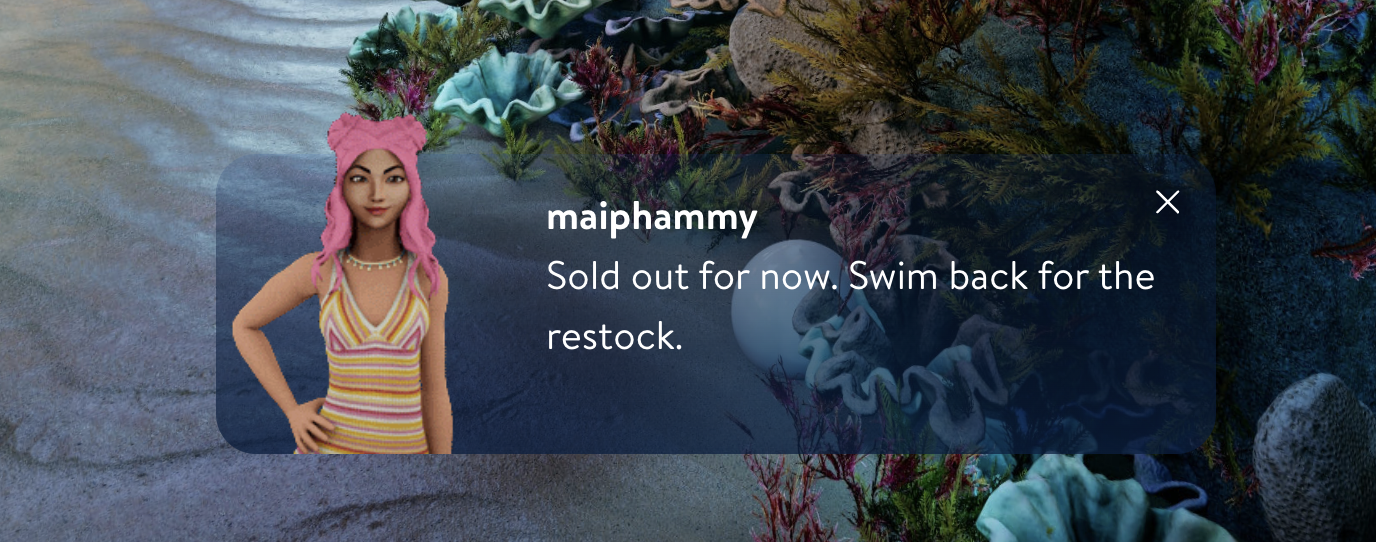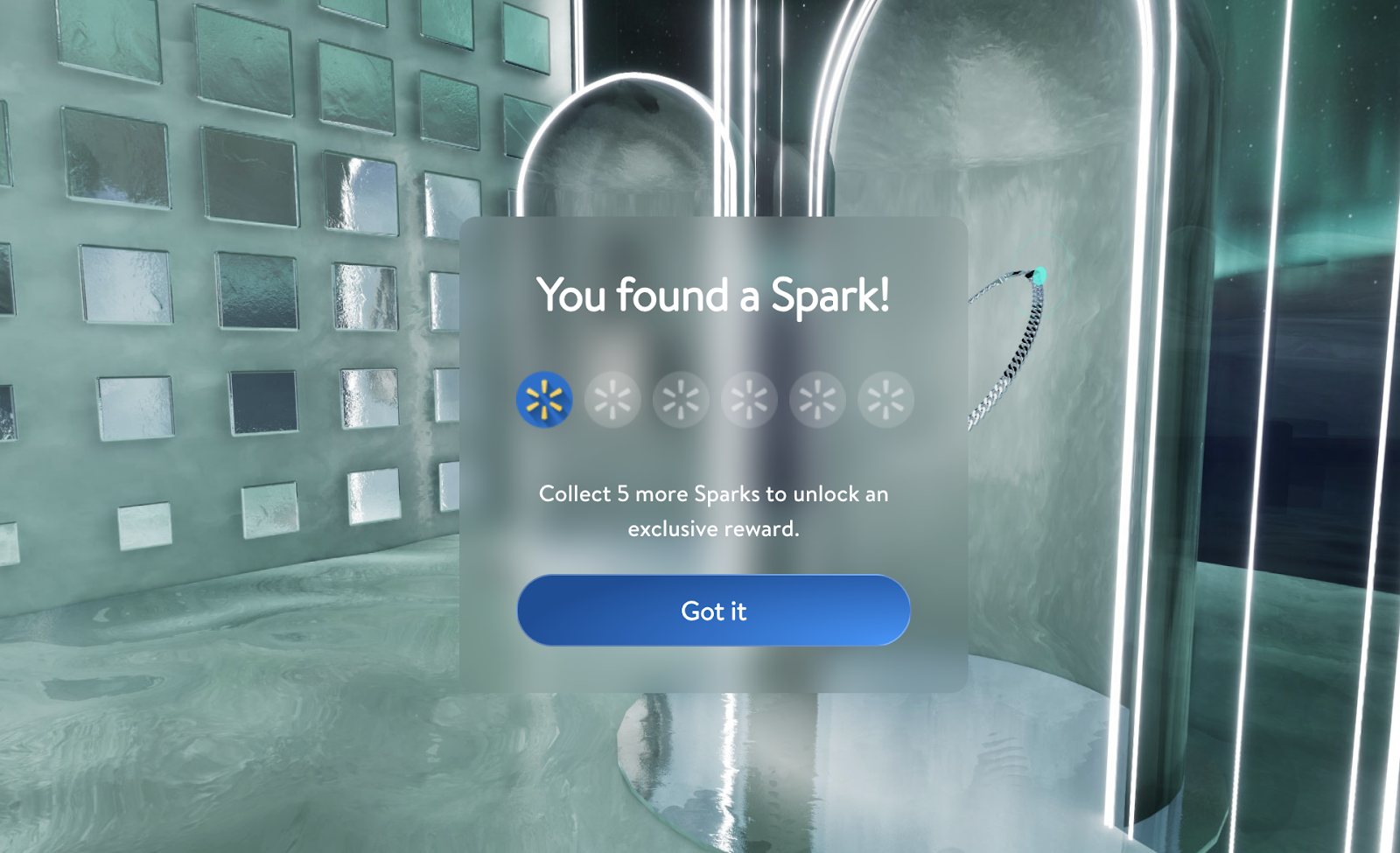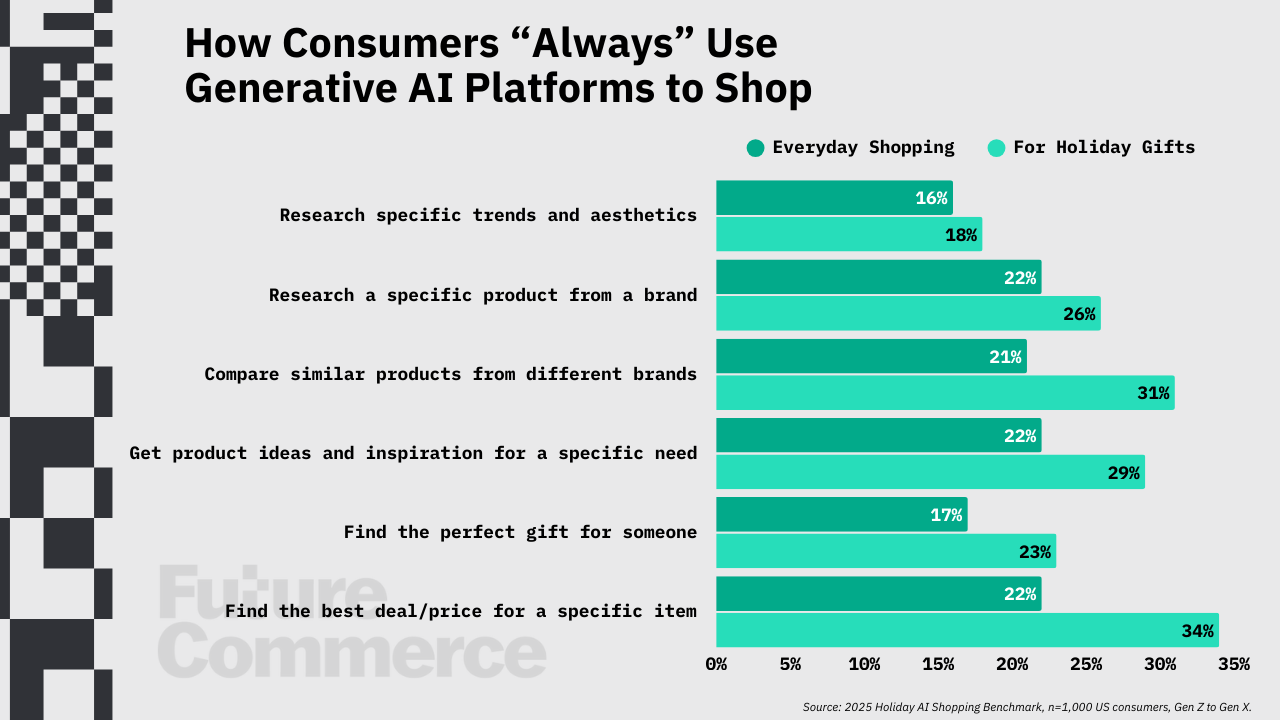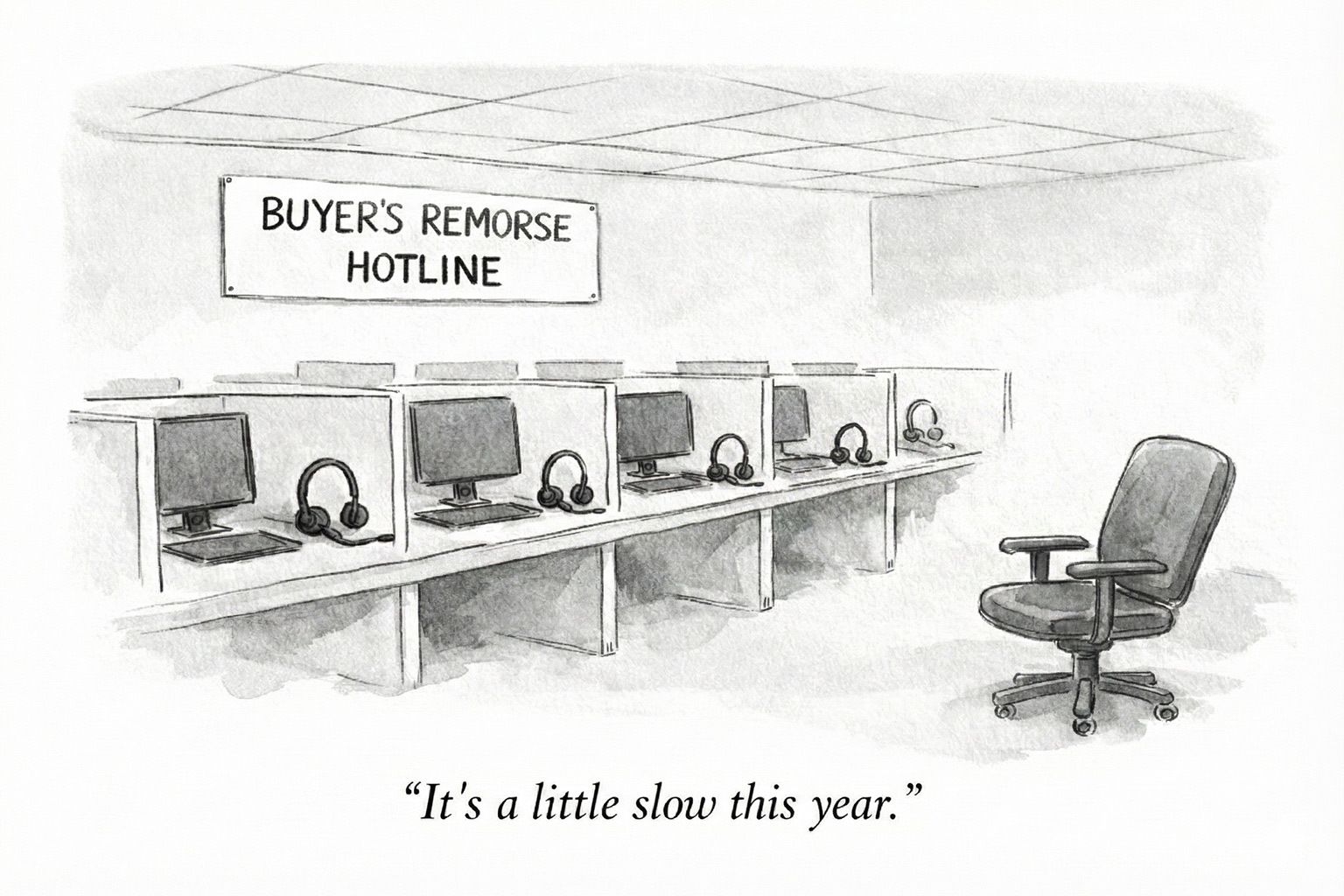
Y’allternative: The Walmart Realm Breakdown


Walmart Realm: Preserve the Core and Stimulate Progress
In his seminal work, Built to Last: Successful Habits of Visionary Companies, Jim Collins praised Sam Walton for generational retail business. Visionary companies, says Collins, achieve long-term success by maintaining a balance between staying true to their core values and purpose while continuously innovating and adapting to change.
The challenge with continuous improvement? If you do too much of it in a short period of time you confuse the core. And that's what Walmart has done with its new virtual shopping experience, Walmart Realm.
Walmart Realm is an immersive shopping experience that tips the hat to Collins by blending interactive gameplay, creator-driven content, and affordably merchandised eCommerce. The “slow commerce” virtual world is comprised of three unique lands: So Jelly, Y'allternative, and Go Chromatic—each curated by popular content creators like Mai Pham, Makenzie and Malie, and Nava Rose, respectively.
Released just THREE WEEKS after their IRL shopping splash on Roblox, Realm feels like a more grown-up, more sophisticated and integrated shopping experience than its Roblox counterpart. Mind you, this isn't the Roblox experience. It's a separate, web-accessible, 3D store built on Emperia, a virtual shopping startup that hosts two dozen brand engagements from BOSS to Bloomingdale's to L’occitane.
Using point-and-click teleportation locomotion, shoppers can explore these lands, play mini-games, collect rewards (including an elusive 20% off coupon for Walmart.com), and shop for products across fashion, home decor, and beauty categories.
This is the third experience in the past six months squarely aimed at the media-saturated female consumer. In order, those are the short video “RomCommerce” series, “Add to Heart,” a Roblox IRL commerce experience in their owned land called Discovered, and now this, Walmart Realm.
Walmart’s strategic moves to attract a younger, online, and predominantly female demographic are a stark contrast to their current average customer, a 59-year-old white female in-store shopper.
Preserve the Core
Collins’ “preserving the core” refers to a company's commitment to its fundamental values, purpose, and identity even as it grows and evolves.
For Walmart, this core includes customer focus, affordability, and operational efficiency. Walmart Realm nails the core value by providing affordable, everyday products at prices that I’m just not used to seeing online. A tube of mascara costs $3.00 at Walmart Realm, the same as it does in-store. What’s more, you can choose between in-store pickup and same-day delivery, just like you can on Walmart.com.
The same item is $7 + delivery and tip on Doordash.
That kind of thoughtfulness makes this experience a new frontier for younger generations who struggle to buy items online. Shein and Temu's breakout success is due in part to younger C.A.R.L.Y. consumers who want to approximate the feeling of “shopping like a billionaire” at a price point that’s markedly lower than DTC products.
While those same consumers may never go to a physical Walmart, it can now come to them.
Walmart Realm features a unified shopping cart that seamlessly integrates with users' existing Walmart.com accounts. This means shoppers can utilize a Walmart+ membership, opt for same-day delivery, and reuse saved payment information and shipping addresses. This core relationship for the dot-com customer is a baseline that fell utterly short in Walmart Discovered on Roblox.

Stimulate Progress
At the same time, Collins says that visionary companies "stimulate progress" by embracing change, taking risks, and exploring new opportunities that align with their core purpose. Sam Walton demonstrated this by consistently experimenting with new retail formats, technologies, and strategies to serve customers better and stay ahead of the competition.
Walmart Realm does this by building its relationships with creators who have parasocial relationships with their audience, and allowing them to merchandise affordable items next to more expensive and aspirational SKUs; something that the in-store experience rarely does well.
Unlike their Roblox experience, Discovered, Walmart Realm “leans in” to the female shopper. Because the experience exists on the web and isn’t bound to a game environment, Walmart Realm can dial back its reliance on creators to make native content. The “UGC” digital asset hook in Discovered was buggy and flawed, leaving the early adopters in the community frustrated. The navigation doesn’t require jumping around with WASD, which is a positive.

Realm makes no qualms about putting the shopping front-and-center and delivers a very decent shopping experience that’s integrated with Walmart.com. Unlike other ‘experiential’ shoppable stores, like Drake Related, this experience is truly 3D. Curiously, both experiences feature a trip to a decked-out bedroom, but I digress.

Information Density: A Trade-Off
While Walmart Realm offers an engaging and immersive shopping experience, it does have some trade-offs, namely, information density. Because of this, Realm offers a separate tab called Discover, which lists all of the products, videos, and games in a Pinterest-style tiled content wall.
Compared to a traditional web commerce or marketplace experience, Walmart Realm’s shopping experience does not provide the same level of detail regarding product shipping dates, availability, vendor reviews, or return policies. While those details are available during checkout, it could lead to bad friction with the consumer and potentially impact customer trust and decision-making.
Density could be a problem, but it doesn’t feel like one due to the attention hacking present in the mini-games.

A key aspect of Walmart Realm is its gamification element, contributing to the feeling of “slow commerce.” In a game that encourages players to visit multiple lands, players collect "Sparks" (the iconic Walmart star logo), which can be redeemed for contest entries, sweepstakes, or discounts.
This gives the mini-games a purpose—I played all three to completion to earn my discounts and $100 sweepstakes entries. They were, in order:
- Go Chromatic: A match-three game
- Y’allternative: A card-matching memory game
- So Jelly: A Flappy Bird clone where players navigate as a jellyfish through a coral reef, capturing sand dollars
Most people won’t spend the amount of time I did in Discovered or Realm, and that’s okay. More discounts for moi.
The Opportunity is Clear
Despite forecasting concerns about the impact of weight loss drugs like Ozempic on sales, which Walmart addressed in October 2023, the retailer recently announced impressive earnings results. Outperforming competitors like Target, Walmart reported significant growth in high-income shopper categories. This success can be attributed, in part, to their ongoing efforts to attract younger, online, and affluent customers through initiatives like Walmart Realm.
As Walmart continues to innovate and adapt to the changing retail landscape, experiences like Walmart Realm demonstrate the company's commitment to staying ahead of the curve and meeting the evolving needs and preferences of its customers.
— Phillip
P.S. Commerce in captivity. “European” aesthetics impact how brands and products are marketed. This example is one of many in a deluge of brand-centric nostalgic content. Read our latest in-depth essay by Angelica Frey.
P.P.S. Blaise Pascal was the ultimate Twitter-er. Or at least he would have been, had Twitter existed. Our latest installment of Decoded examines the life of polymath inventor and philosopher, Blaise Pascal. Are you a gamblin man? Listen on Apple Podcasts or Spotify.















.svg)
